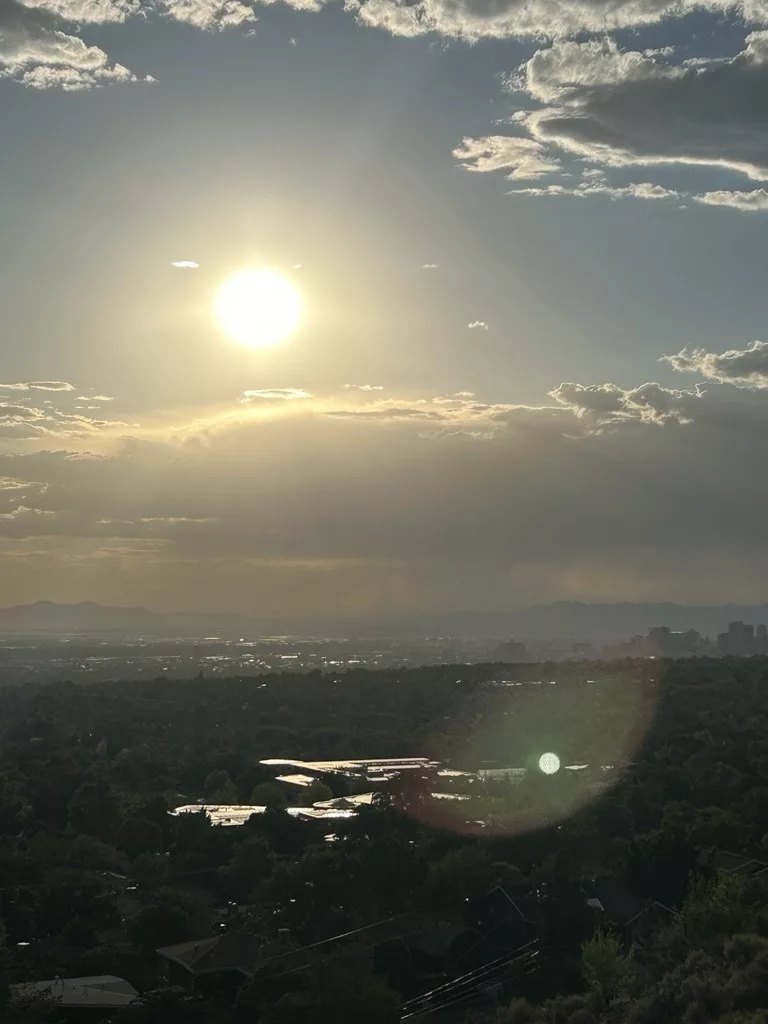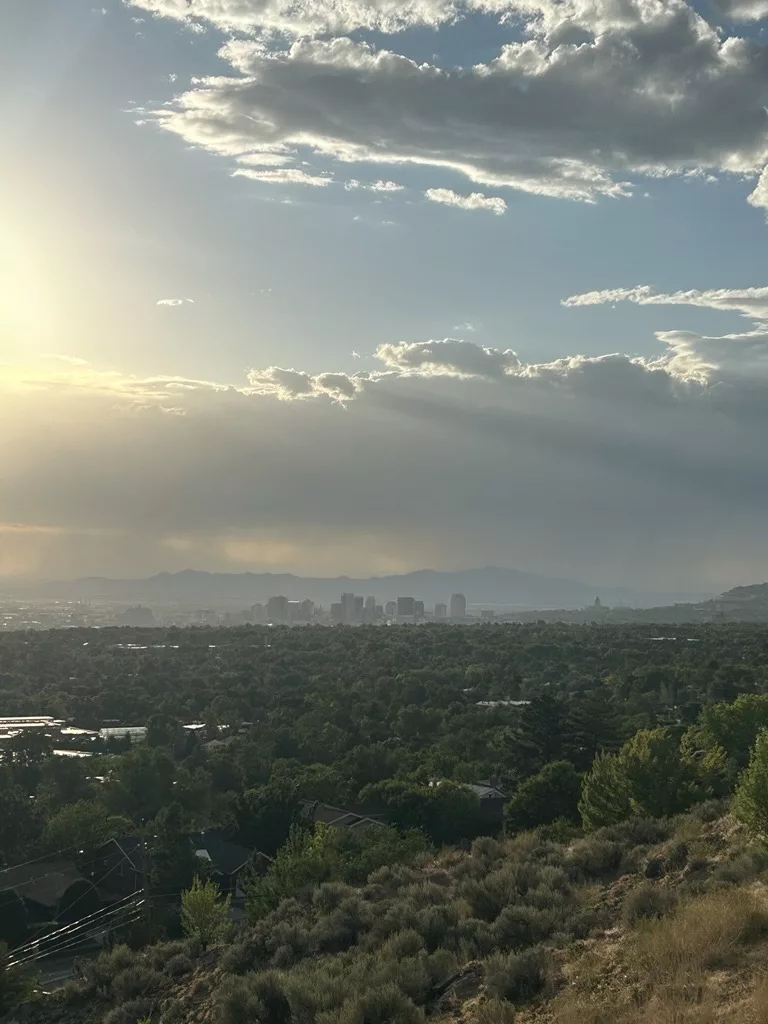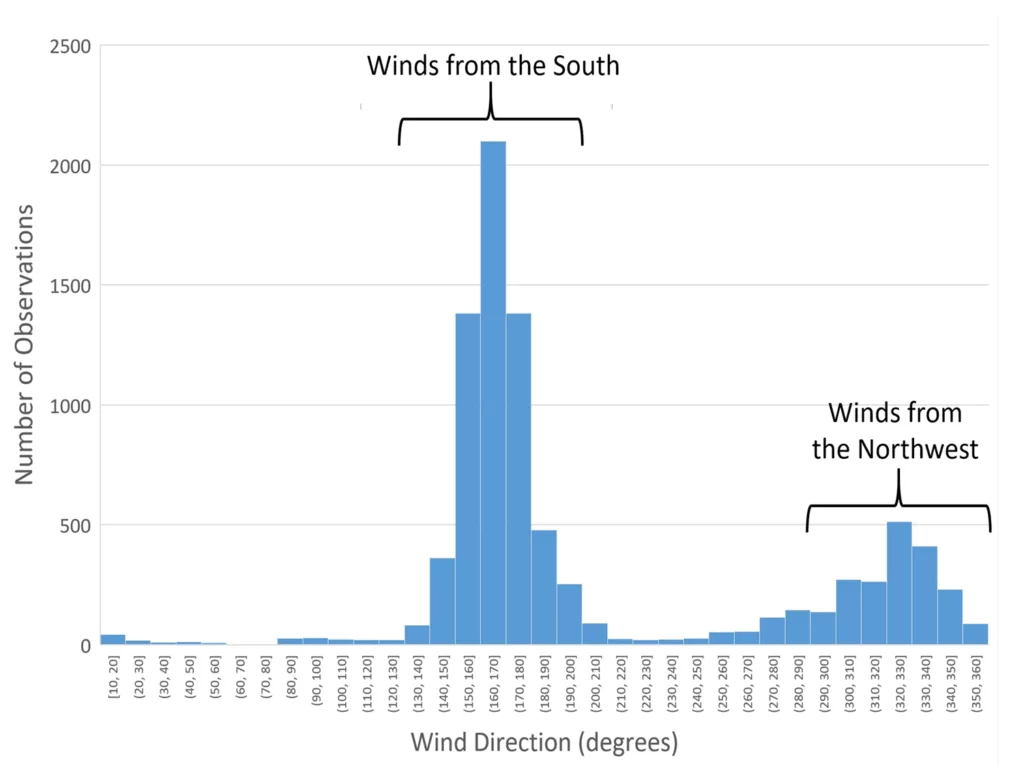A dust event swept across northern Utah on Monday, July 21, 2025, driven by 25-35 mph winds blowing northward across the exposed lakebed at Farmington Bay. Throughout the day, dust was visibly carried into Layton, Syracuse, and Ogden. With a shrinking Great Salt Lake and more than 1000 square miles of lakebed exposed, these dust events are becoming alarmingly routine—and disproportionately affect communities in Davis and Weber counties.


Photos taken Monday, July 21 at 8:00 PM by Samantha Hawkins
Farmington Bay is a shallow, southern arm of the Great Salt Lake that has long served as an important habitat for migratory birds and a key part of the lake’s ecosystem. But over the past decade, the bay has largely dried up, leaving behind broad swaths of exposed lakebed that are now among the most active dust sources in the entire Great Salt Lake basin.
According to Dr. Kevin Perry, an atmospheric scientist at the University of Utah and an expert on Great Salt Lake dust, about three-quarters of high-wind events—defined as sustained winds above 25 mph—recorded at the Salt Lake City airport over the past ten years have come from the south. That means dust from Farmington Bay is regularly funneled into communities north of Salt Lake City—areas that currently lack PM10 monitors, which detect harmful airborne particles.

Utah’s Division of Air Quality announced plans in June to install 19 new dust monitors around Great Salt Lake and the West Desert by the end of the year. Two or three of those monitors will be installed in Davis and Weber counties, Perry said. Until then, we don’t have the data to quantify exposure—or issue warnings when they’re needed.
Because of its proximity to major population centers and its location downwind from prevailing southern winds, dust from Farmington Bay poses an especially urgent public health risk. Research from the Utah Division of Air Quality and local universities have found elevated levels of arsenic, lead, and other toxic metals in the lakebed sediment. Exposure has been linked to increased risks of asthma, cardiovascular disease, developmental delays, and cancer.
Communities in the direct path of these wind-driven events—like Layton, Syracuse, Clearfield, and Ogden—may be breathing more dust than anywhere else along the Wasatch Front.
We invite all residents—especially those in the most affected areas—to join us for our upcoming Great Salt Lake Community Forum on Thursday, July 31. You’ll have the opportunity to hear directly from Dr. Perry as well as Dr. Ben Abbott, a Brigham Young University ecologist and executive director of Grow the Flow—and ask what this dust means for your health and your community.
